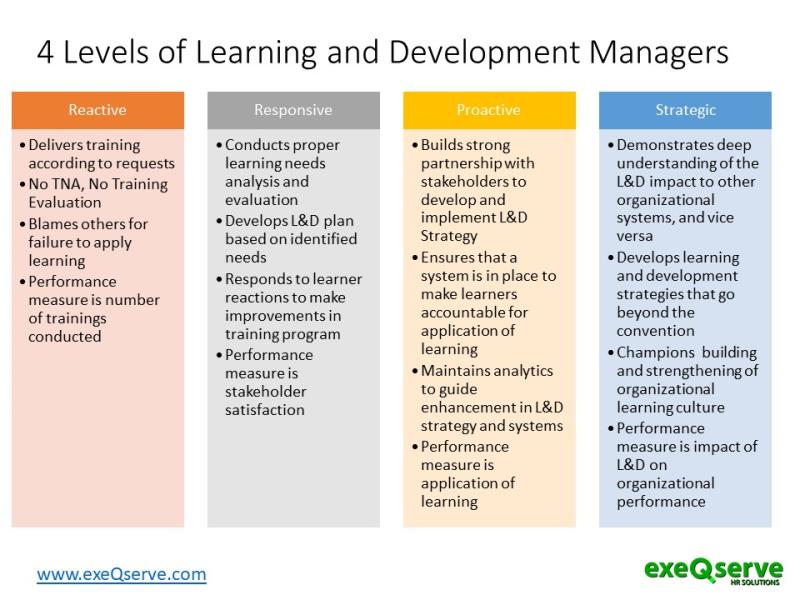What are the four levels of case management?
The four levels of case management refer to a framework that outlines different approaches or intensities of case management services based on the individual's needs and the complexity of the case. These levels help guide the delivery of services and resources to clients or patients. The four levels are commonly described as follows:
Level I: Supportive Case Management:
- This level is characterized by providing basic support and coordination of services. Supportive case management often involves helping individuals access necessary resources, such as healthcare, housing, or social services. It may include assessment, referral, and assistance with navigating available services.
Level II: Traditional Case Management:
- Traditional case management goes beyond basic support and involves more comprehensive coordination and advocacy. Case managers at this level work closely with clients to develop and implement a detailed case plan. They monitor progress, address barriers, and collaborate with other service providers to ensure the client's needs are met.
Level III: Intensive Case Management:
- Intensive case management is designed for individuals with more complex needs or challenges. Case managers at this level provide highly individualized and hands-on support. They may conduct frequent home visits, coordinate multiple services, and actively engage with clients to address immediate and long-term goals. Intensive case management often targets populations with severe mental health issues, substance abuse problems, or chronic homelessness.
Level IV: Assertive Community Treatment (ACT):
- Assertive Community Treatment is the highest level of case management and is often used for individuals with significant and persistent mental health issues. ACT teams consist of multidisciplinary professionals, including psychiatrists, nurses, social workers, and vocational specialists. They provide 24/7 support, deliver services directly, and focus on helping clients achieve recovery and community integration.
These levels are not rigid categories, and the intensity of case management services can vary based on individual needs and program structures. The goal is to match the level of case management to the complexity and severity of the client's situation, ensuring that the appropriate level of support is provided.
Different organizations and sectors, such as healthcare, social services, and mental health, may adapt these levels to fit their specific contexts. The key is to tailor case management services to address the unique needs and circumstances of each individual or client.
Case management, at its core, is a structured approach to supporting individuals or groups facing complex challenges. Within this overarching framework, four distinct levels guide the process: intake, needs assessment, service planning, and monitoring. Understanding these levels and their distinctions is crucial for tailoring effective case management interventions.
1. Unpacking the Four Levels:
- Intake: This initial stage focuses on gathering information about the client's situation, challenges, and current support systems. It involves establishing rapport, conducting preliminary assessments, and determining eligibility for services.
- Needs Assessment: Building upon the intake information, this level involves a deeper exploration of the client's needs. It's about identifying strengths, weaknesses, resources, and potential barriers to achieving desired outcomes.
- Service Planning: Based on the needs assessment, this level involves collaboratively developing a plan of action. This includes identifying appropriate services, setting goals, assigning responsibilities, and establishing a timeline for achieving progress.
- Monitoring: This ongoing stage involves tracking progress towards established goals, evaluating the effectiveness of services, and making adjustments as needed. It ensures the client's needs are continually addressed and the plan remains relevant.
2. Distinguishing the Levels:
- Depth of Exploration: Each level builds upon the previous one, progressively gaining deeper insights into the client's situation. Intake provides a broad overview, while needs assessment delves deeper to understand specific needs and potential barriers.
- Focus: Intake prioritizes information gathering and initial eligibility determination. Needs assessment emphasizes understanding the client's circumstances and identifying resources. Service planning shifts towards action, creating a concrete plan for addressing needs. Monitoring focuses on evaluating progress and adapting the plan as needed.
- Client Participation: While the first two levels involve gathering information, the latter stages encourage active client participation. During service planning and monitoring, the client plays a crucial role in setting goals, choosing services, and providing feedback.
3. Tailoring Your Approach:
Understanding the nuances of each level enables case managers to tailor their approach for maximum impact. Here are some examples:
- Intake: Use open-ended questions, build rapport, and avoid rushing judgments.
- Needs Assessment: Utilize relevant tools and assessments, actively listen to the client's perspective, and consider cultural factors.
- Service Planning: Collaborate with the client, prioritize their needs and preferences, and create a realistic and achievable plan.
- Monitoring: Regularly engage with the client, track progress objectively, and celebrate successes while promptly addressing challenges.
By navigating these four levels with purpose and tailoring your approach to each stage, you can empower clients, guide them towards achieving their goals, and ultimately, make a positive impact through effective case management practices.
Feel free to ask if you have further questions about specific challenges within each level, strategies for client engagement, or practical tips for tailoring your case management approach based on individual needs. I'm here to support you in navigating the complexities of case management and maximizing its effectiveness for your clients and organization.












